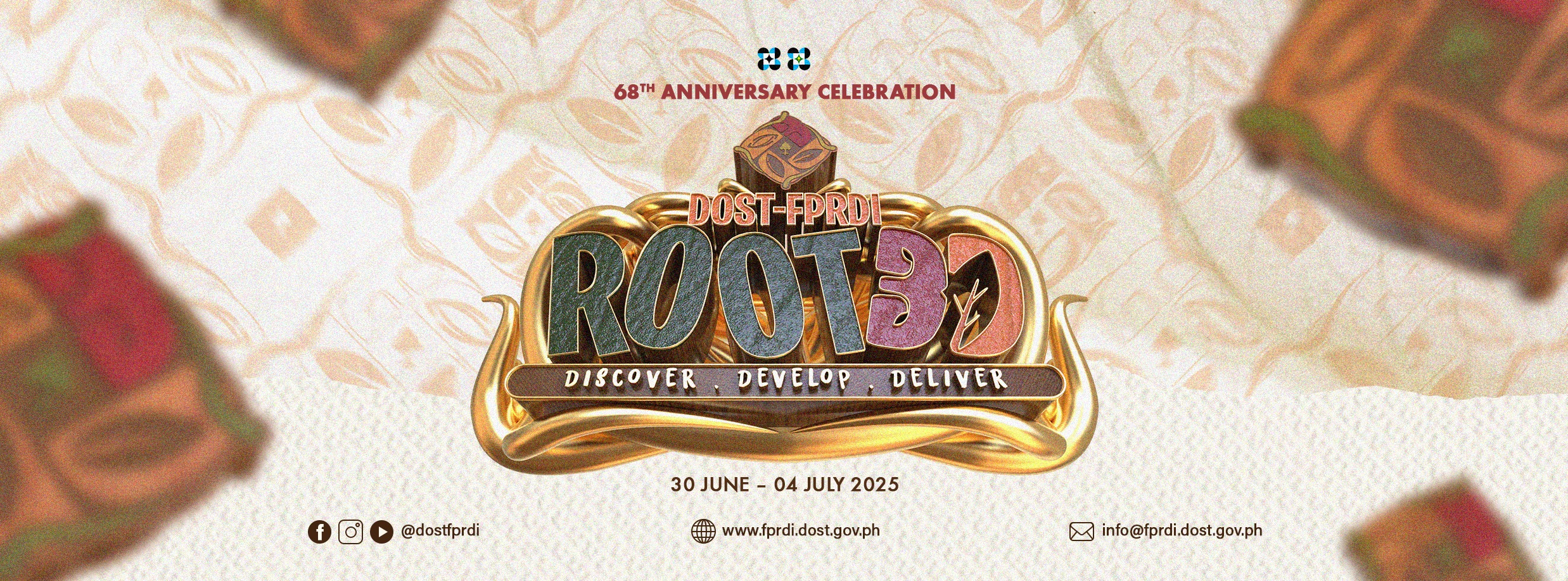Philippine “bio-jewels” on the rise
July 1, 2013
Did you know that the fields and forests of the Philippines abound with beautifully designed fruits and seeds that can be used to make world class fashion jewelry?
According to Dr. Ramiro P. Escobin, Scientist I of the Forest Products Research and Development Institute (FPRDI), “The use of forest fruits and seeds (or “bio-jewels”) for fashion accessories is now a growing industry in Brazil, especially in areas near the Amazon jungle. The company Click-Brazil, for instance, currently exports 90% of the 5,000 bio-jewelry items it makes every month.
“Many of our handicraft makers have also gone into the business, because like Brazil, the Philippines also abounds with attractive fruits and seeds from lesser known plant species. In the hands of imaginative Filipino craftsmen and combined with other rustic raw materials, these are transformed into finely finished jewelry and novelty products with high added value. These include bracelets, brooches, decors, necklaces, rings, pendants, earrings and bangles which are a big hit abroad, especially in the US and many European.”
Escobin and his team have identified 32 species of trees, vines and grasses found in the Philippines that yield bio-jewels. These species are featured in three FPRDI sourcebooks on lesser-known raw materials which aim at promoting their wider use among local handicraft makers.
Added Escobin, “What we are looking for are fruits and seeds that are colorful, shiny and durable. We have been to remote communities in Quezon Province where families harvest large amounts of forest fruits and seeds and sell these to suppliers in Manila. Because their areas are especially rich in forest resources, they are able to meet their clients’ requirements easily. We have also visited many small companies in the Visayas and Mindanao that are into bio-jewelry production. The good thing is this trade is non-destructive. One does not need to cut down a tree to collect raw materials.” (Rizalina K. Araral, 01 July 2013)#











